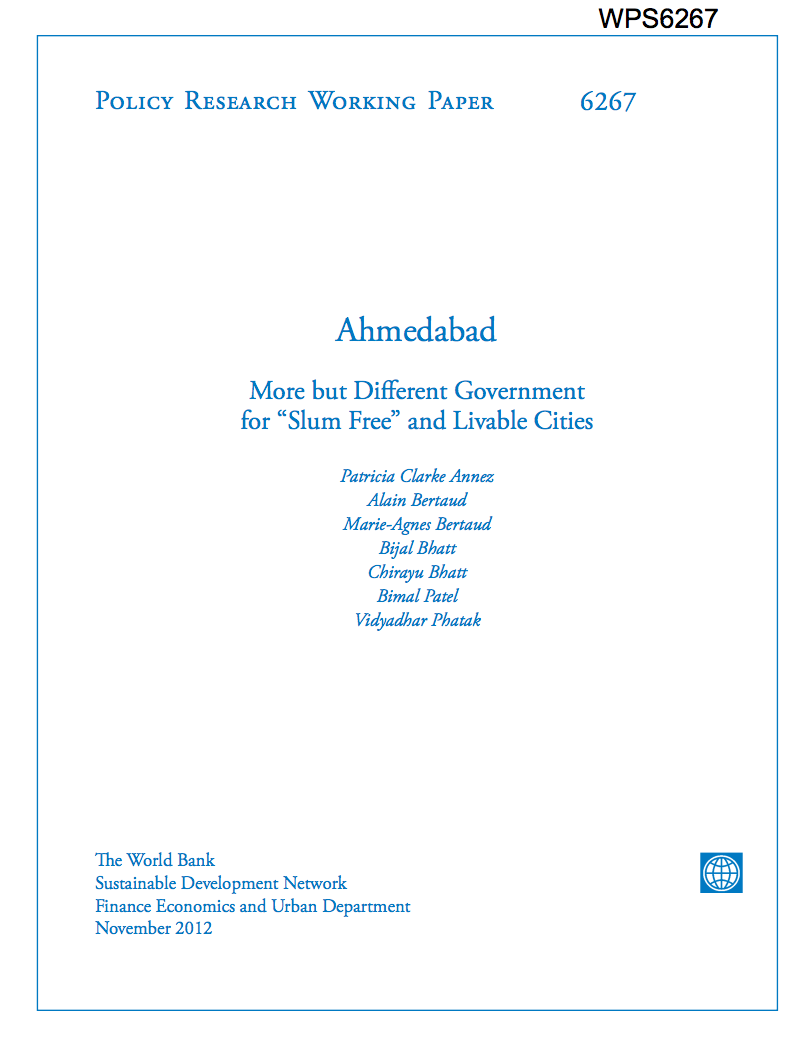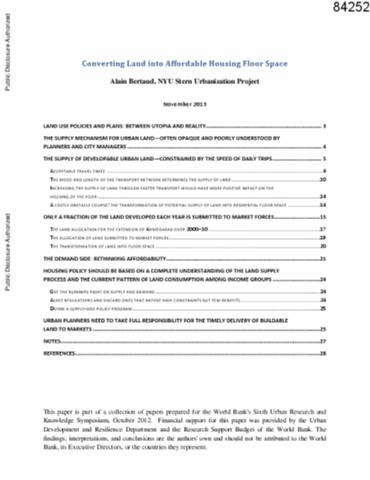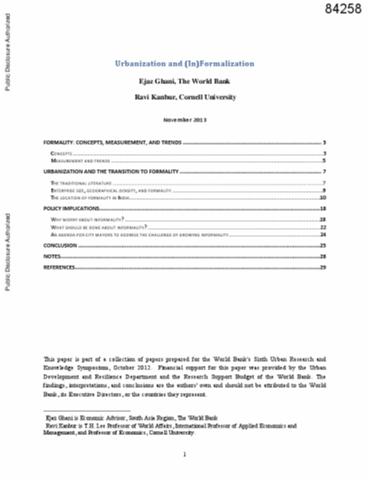City Diagnostic Report for City Development Strategy : Kathmandu Metropolitan City
In conformity with its objective of
functioning as a local Government, Kathmandu Metropolitan
City (KMC) sought the assistance of the World Bank for the
preparation of a City Development Strategy (CDS). The
various sectoral as well as integrated strategies presented
in this document seem to be an overwhelming demand on KMC
with its limited manpower and money. A CDS is essential if
KMC is to focus its development potential. The optimism lies







